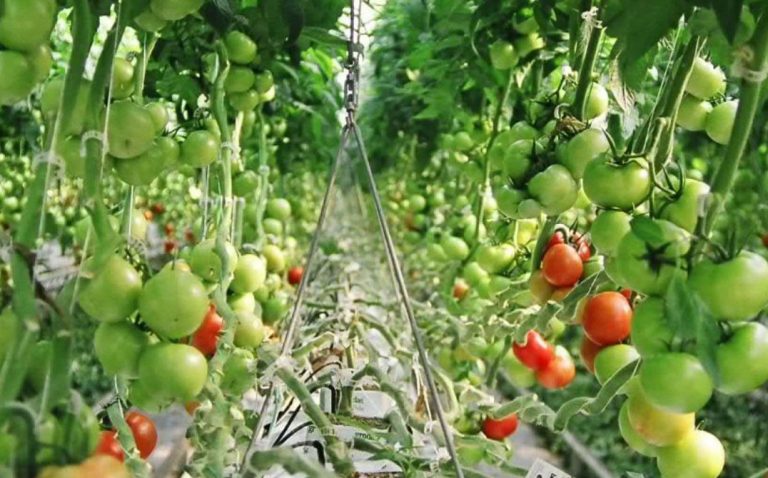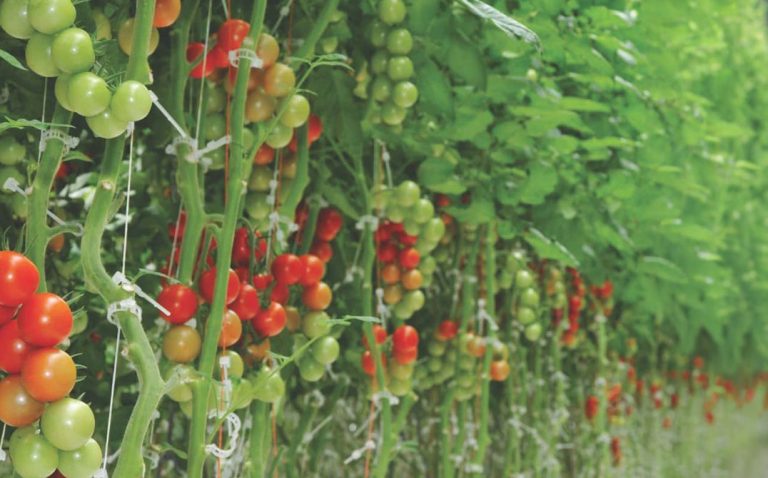Greenhouse Grown Peppers and Their Nutritional Support for Heart Health
Greenhouse grown red, yellow, and orange peppers are some of the most nutrient-rich vegetables available—packed with antioxidants that help the body manage oxidative stress and support long-term wellness. These vibrant peppers don’t just brighten your plate—they offer a robust mix of vitamins, carotenoids, and flavonoids that contribute to heart and overall health.
Compared to field-grown varieties, greenhouse grown peppers benefit from consistent nutrient levels, optimized growing conditions, and minimal pesticide exposure—making them a smart, clean choice for health-conscious eaters.
Why Antioxidants in Peppers Matter
Antioxidants help neutralize free radicals in the body—compounds that can contribute to cellular stress and affect heart and immune function. Sweet peppers deliver a rich spectrum of antioxidant nutrients, including:
- Carotenoids (like beta-carotene, lutein, and zeaxanthin), which support eye and skin health
- Vitamin C, which promotes immune resilience and collagen production
- Flavonoids (like quercetin), which contribute to a balanced inflammatory response
Red Peppers: A Source of Lycopene and Beta-Carotene
Red peppers, being fully ripened, offer the highest antioxidant content of the three colors. Their bright red hue comes from lycopene—a nutrient that supports cardiovascular function and helps maintain healthy cholesterol balance. In addition:
- Beta-carotene helps the body produce vitamin A, supporting skin integrity and eye health.
- Vitamin C levels are especially high, with just one serving offering more than the daily recommended amount—contributing to immune and circulatory support.
Yellow Peppers: Vision and Inflammation Support
Yellow peppers are rich in lutein and zeaxanthin, two carotenoids that are known for supporting eye health and helping filter harmful blue light. They also offer:
- Quercetin, a flavonoid that supports the body’s natural inflammatory regulation.
- Vitamin C, which supports vascular health and tissue repair.
Orange Peppers: Cellular and Respiratory Wellness
Orange peppers contain alpha-carotene and beta-cryptoxanthin, antioxidants that help support cellular health and contribute to respiratory and cognitive wellness. These compounds are associated with:
- Supporting joint and bone function
- Contributing to the body’s natural defenses against oxidative stress
- Promoting overall well-being as part of a nutrient-rich diet
The Greenhouse Advantage: Cleaner, More Consistent Nutrition
Greenhouse grown peppers are cultivated in environments that optimize their nutrient density:
- Consistent light exposure ensures better carotenoid development
- Nutrient delivery is fine-tuned to produce peppers rich in essential vitamins
- Lower pesticide use means cleaner, more bioavailable produce
This controlled approach leads to higher quality peppers that are both flavorful and packed with naturally supportive compounds.
Tips for Enjoying Greenhouse Grown Peppers for Maximum Nutrient Intake
- Eat them raw to preserve vitamin C and flavonoids
- Roast or grill to bring out natural sweetness with minimal nutrient loss
- Blend into smoothies for a refreshing, antioxidant-rich boost
- Lightly stir-fry to retain color, texture, and nutrients
- Pair with healthy fats like avocado, olive oil, or nuts to enhance carotenoid absorption
Choose greenhouse grown peppers for vibrant color, bold flavor, and powerful nutrient support for a heart-conscious lifestyle.




